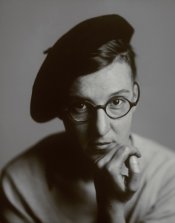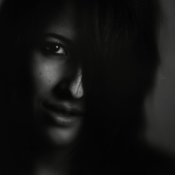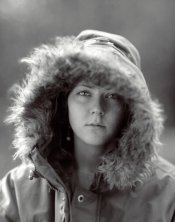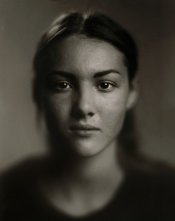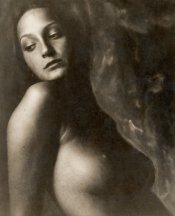removed account4
Subscriber
- Joined
- Jun 21, 2003
- Messages
- 29,832
- Format
- Hybrid
why is it you shoot paper negatives again ?
why is it you shoot paper negatives again ?
dangit!
there was supposed to be a poll but my 30year old apple computer i guess
is having troubles ...
the poll said "why do you shoot paper negatives"
convenience?
fun?
ease?
speed?
or some other reason ...
me?
i have a lot of paper and i have limited funds to spend on materials
so i have learned to make due with the materials that i have.
lots of different ways to "deal" with a paper negative ...
traditionally by exposing it at whatever iso it is you expose it at
and develop and fix it to get a negative, and then maybe to either electrify it (shhh! )
or make a contact print onto another piece of paper or a cyanotype or whatever ...
or by a proto-traditional method called a retina print by making a super long exposure
and either attempting to develop and fix it, or electrifying it ( shhh! ) to get an image that way.
either way, paper is the way for me ( hand coating with emulsion too ) ...
what about you?
why is it you shoot paper negatives again ?
dangit!
there was supposed to be a poll but my 30year old apple computer i guess
is having troubles ...
the poll said "why do you shoot paper negatives"
convenience?
fun?
ease?
speed?
or some other reason ...
me?
i have a lot of paper and i have limited funds to spend on materials
so i have learned to make due with the materials that i have.
lots of different ways to "deal" with a paper negative ...
traditionally by exposing it at whatever iso it is you expose it at
and develop and fix it to get a negative, and then maybe to either electrify it (shhh! )
or make a contact print onto another piece of paper or a cyanotype or whatever ...
or by a proto-traditional method called a retina print by making a super long exposure
and either attempting to develop and fix it, or electrifying it ( shhh! ) to get an image that way.
either way, paper is the way for me ( hand coating with emulsion too ) ...
what about you?
Last edited by a moderator:






 ) with a bit of test strip I found at the bottom of a box.
) with a bit of test strip I found at the bottom of a box. 

